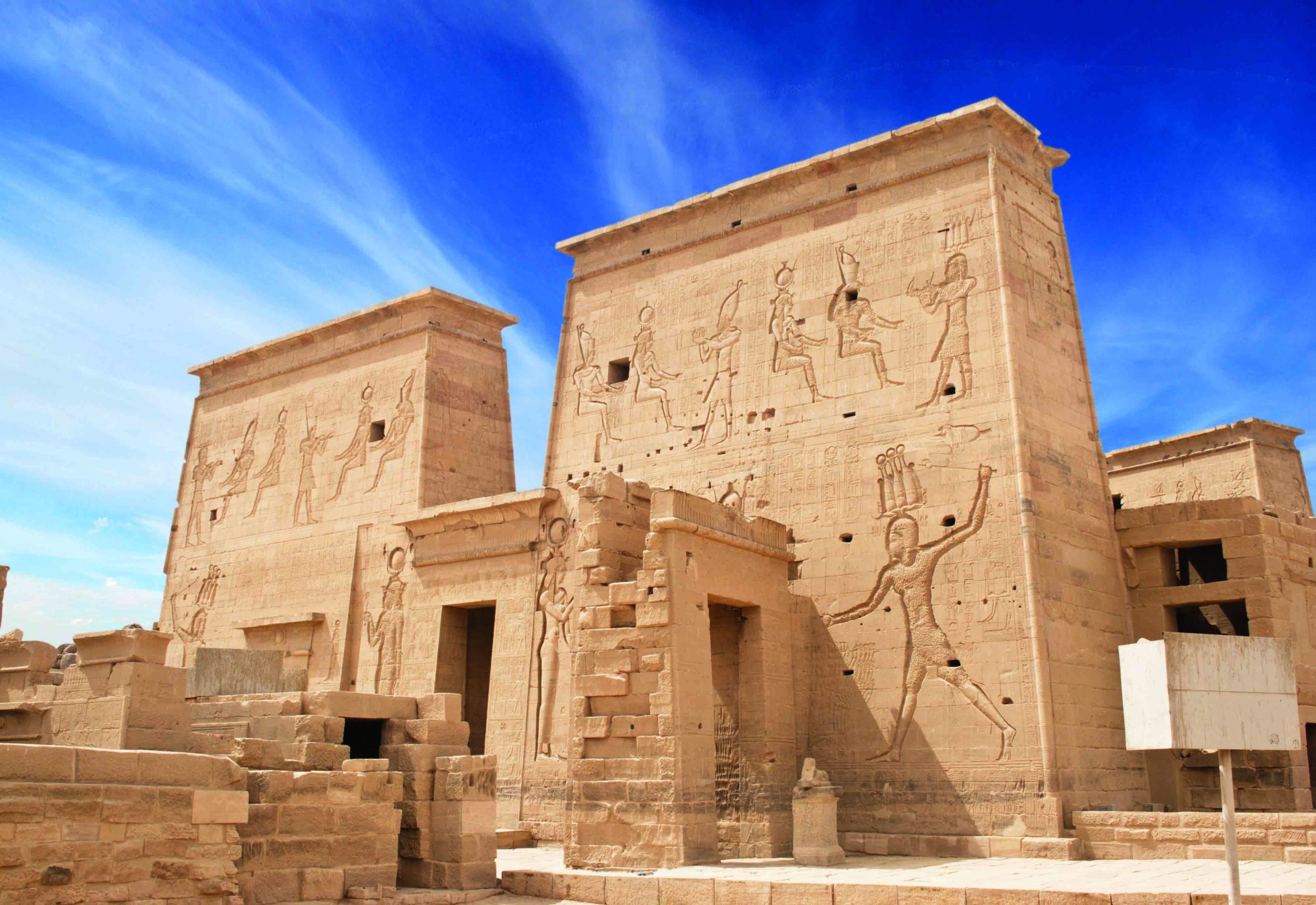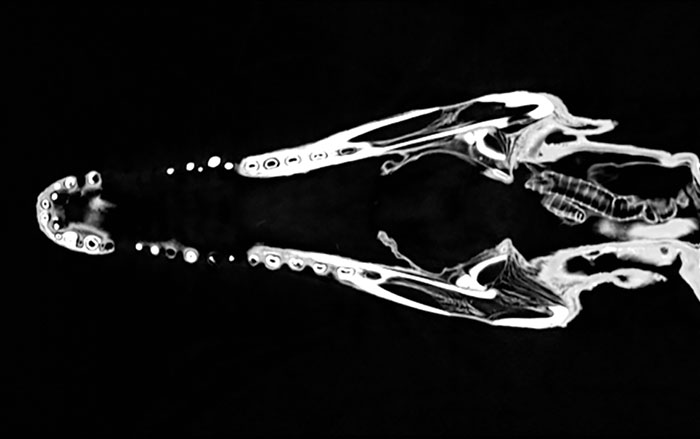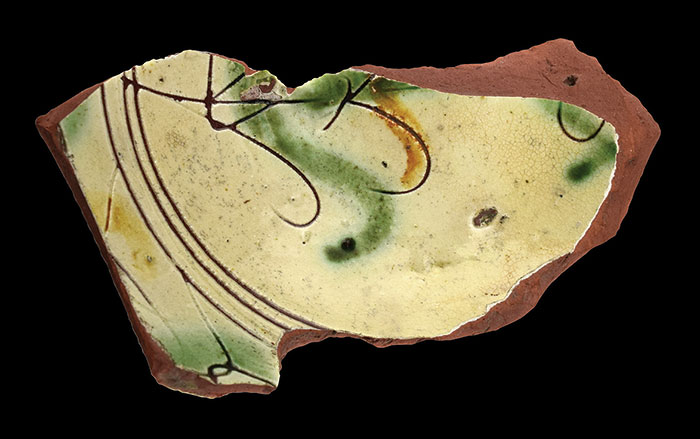
WARSAW, POLAND—According to a Science in Poland report, inscriptions on the rocks near the temple of Hathor at Gebelein, located in southern Egypt, have been documented and translated by researchers led by Wojciech Ejsmond of the University of Warsaw. Temples dedicated to Anubis and Sobek have also been located in the region. Many of the hieroglyphs, which were engraved into the rock, or engraved and then painted, are prayers that were written by scribes and, in some cases, signed. “We know Egyptian beliefs primarily from official texts from monumental temples and tombs, made for royals and elite members,” Ejsmond explained. These inscriptions, however, offer a glimpse into the popular religious beliefs of priests and pilgrims. The inscriptions have been difficult to see and study because the shape of the hill where they are located has changed over the years, putting the faded texts out of easy reach. To read in-depth about Egyptian tomb paintings, go to “Emblems for the Afterlife.”










